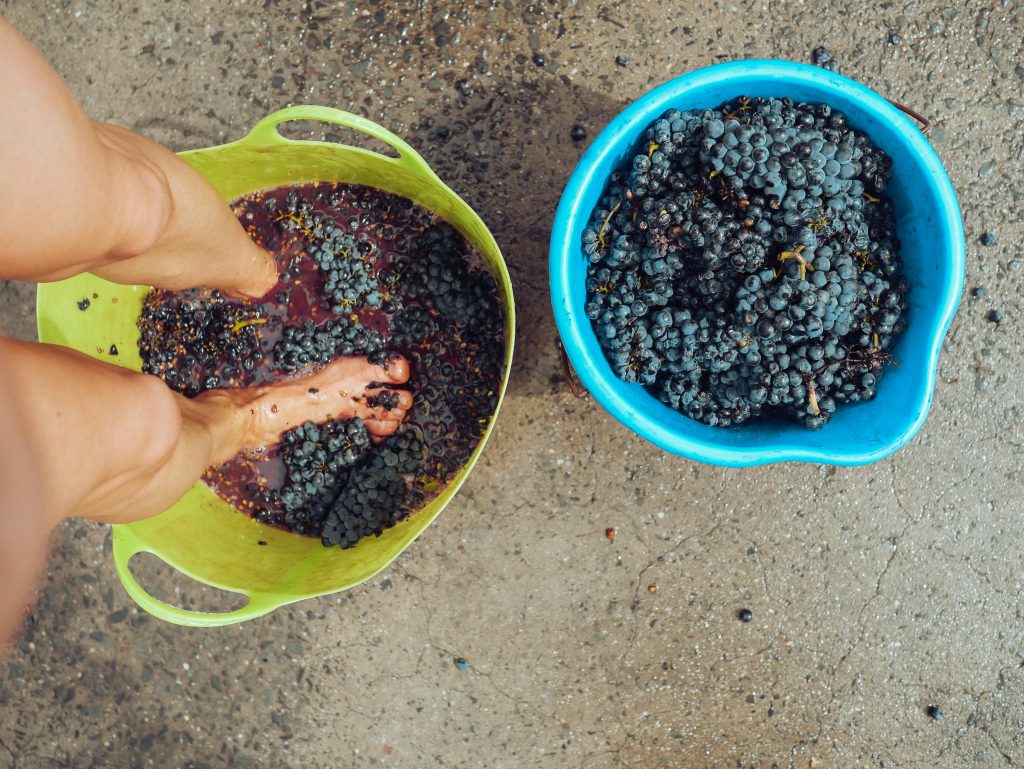
If you’ve ever glanced at a wine menu and wondered, “Is Pinot Noir red or white?”—you’re not alone. It’s one of the most famous grape varieties in the world, yet its identity can be a little confusing. While Pinot Noir is traditionally known as a red wine, things get interesting when you look deeper.
So, let’s uncork the mystery of Pinot Noir, explore its characteristics, and discover why it’s such a beloved grape among wine lovers.
Pinot Noir: A Red Grape at Heart
At its core, Pinot Noir is a red grape variety. The thin-skinned grapes produce wines that range from light ruby to deeper garnet in color. Unlike bold reds like Cabernet Sauvignon, Pinot Noir tends to have low tannins, bright acidity, and a smooth, silky texture.
Pinot Noir is prized for its elegant and complex flavors, often featuring notes of:
- Red berries (strawberry, raspberry, cherry)
- Earthy undertones (mushroom, forest floor)
- Floral hints (rose, violet)
- Subtle spice (clove, cinnamon)
Unlike many red wines, Pinot Noir isn’t heavy or overpowering, making it a great choice for those who prefer a lighter style of red.
Why Does Pinot Noir Look Lighter Than Other Reds?
If you’ve ever noticed that a glass of Pinot Noir looks paler than a typical red wine, it’s because of its thin grape skins. The color of red wine comes from the grape skins during fermentation, and since Pinot Noir’s skins are delicate, they release less pigment than thicker-skinned grapes like Malbec or Syrah.
The result? A lighter red wine that’s more translucent in the glass but still packed with flavor.

Can Pinot Noir Be White?
Here’s where things get interesting. While Pinot Noir is naturally a red grape, winemakers can use it to make white or rosé wines. This happens when they press the grapes quickly and separate the juice from the skins before fermentation begins.
Types of White or Light Pinot Noir Wines:
- White Pinot Noir – A rare but fascinating style where the grape juice is fermented without skin contact. The result is a golden or pale-colored white wine with rich texture and subtle red fruit flavors.
- Blanc de Noirs Champagne – A type of Champagne made exclusively from black grapes (usually Pinot Noir or Pinot Meunier) but vinified as a white sparkling wine.
- Rosé of Pinot Noir – Made by allowing limited skin contact, which gives it a delicate pink hue and fruity flavors.

The Pinot Family: Mutations & Color Variations
Did you know Pinot Noir has relatives? The Pinot grape family has undergone natural mutations over centuries, leading to different color variations:
| Grape | Color & Style | Notable Regions |
|---|---|---|
| Pinot Noir | Red wine, light-bodied | Burgundy (France), Oregon, California |
| Pinot Gris (Pinot Grigio) | White wine (sometimes slightly pinkish) | Italy, France, Oregon |
| Pinot Blanc | White wine, crisp & fresh | Alsace (France), Germany, Austria |
Though Pinot Noir is red, these genetic mutations prove that wine grapes can evolve into surprising variations.
Where Is Pinot Noir Grown?
Pinot Noir thrives in cooler climates, where it develops its signature balance of fruit and acidity. Some of the best Pinot Noir regions include:
- Burgundy, France – The birthplace of Pinot Noir, producing earthy, refined wines with incredible aging potential.
- Oregon, USA – Especially in the Willamette Valley, known for its elegant, fruit-forward Pinot Noir.
- California, USA – Areas like Sonoma and Santa Barbara create riper, more fruit-driven styles.
- New Zealand – Central Otago produces vibrant, juicy Pinot Noir with great acidity.
- Germany (Spätburgunder) – A hidden gem for Pinot Noir lovers, often with lighter body and bright cherry notes.
Each region puts its own spin on Pinot Noir, making it a versatile grape for exploration.

Conclusion: The Versatile World of Pinot Noir
So, is Pinot Noir red or white? The answer is mostly red—but it can be made into white and rosé styles too. Its ability to express different characteristics based on region, winemaking style, and even genetic mutations makes it one of the most fascinating grape varieties.
Next time you’re at a wine shop or restaurant, you’ll know exactly what to expect from Pinot Noir—whether it’s a classic red, a delicate Blanc de Noirs Champagne, or a refreshing rosé.